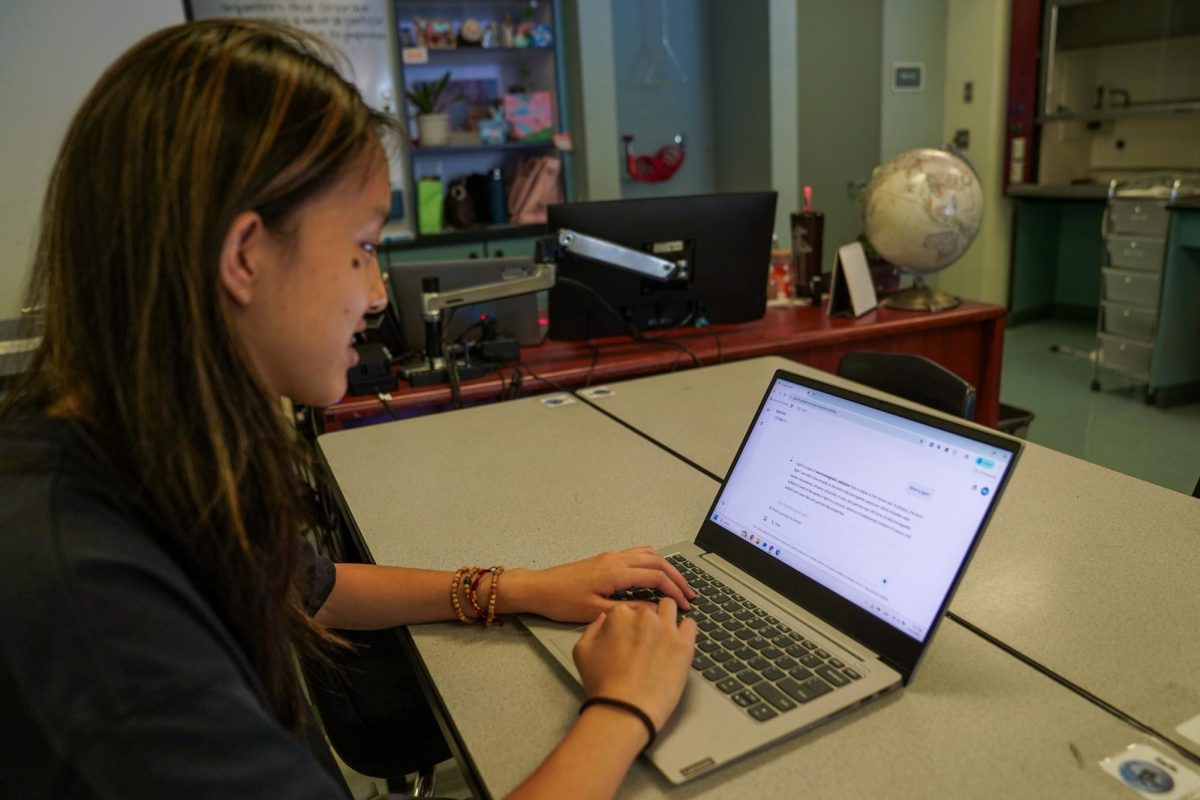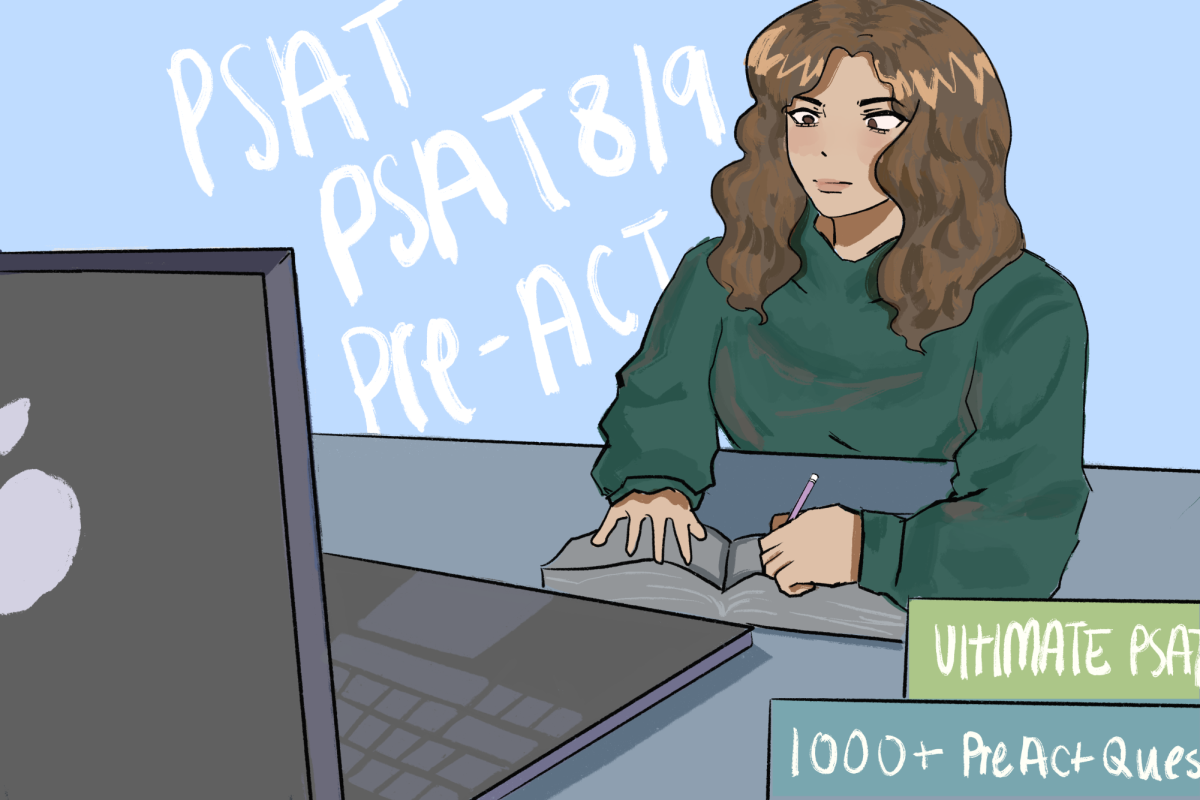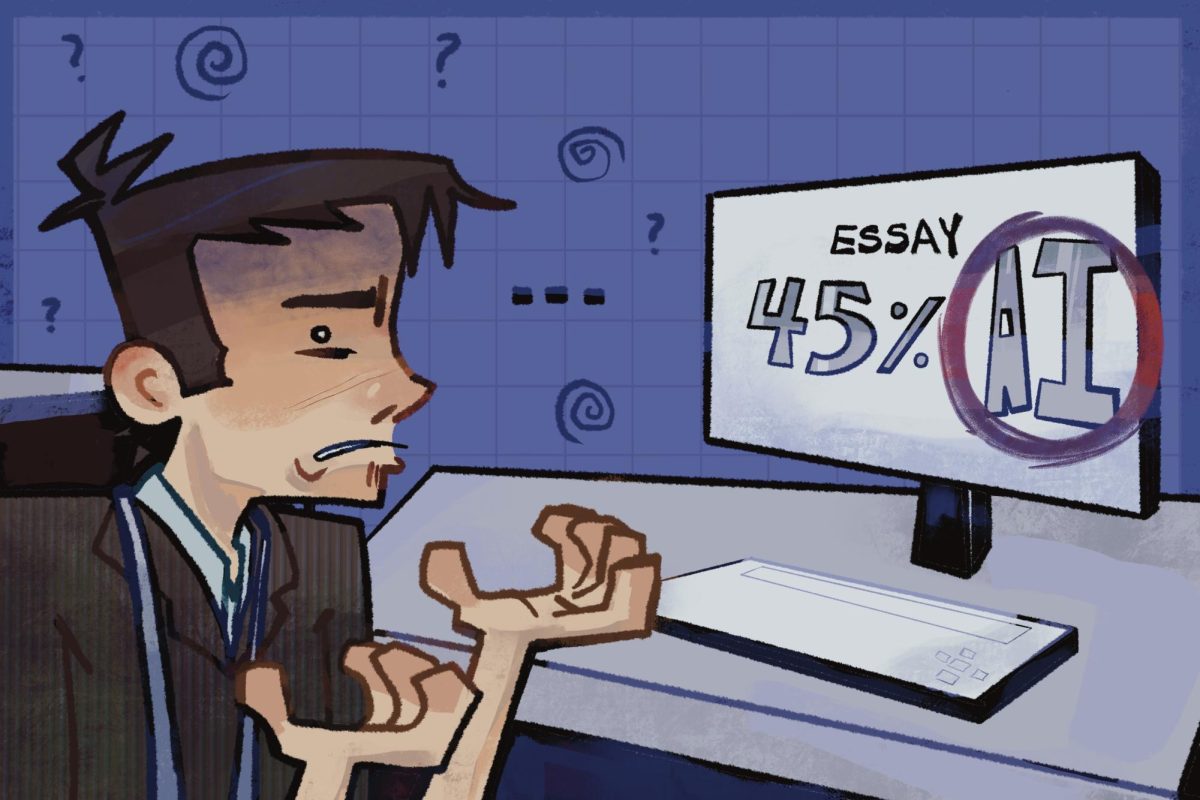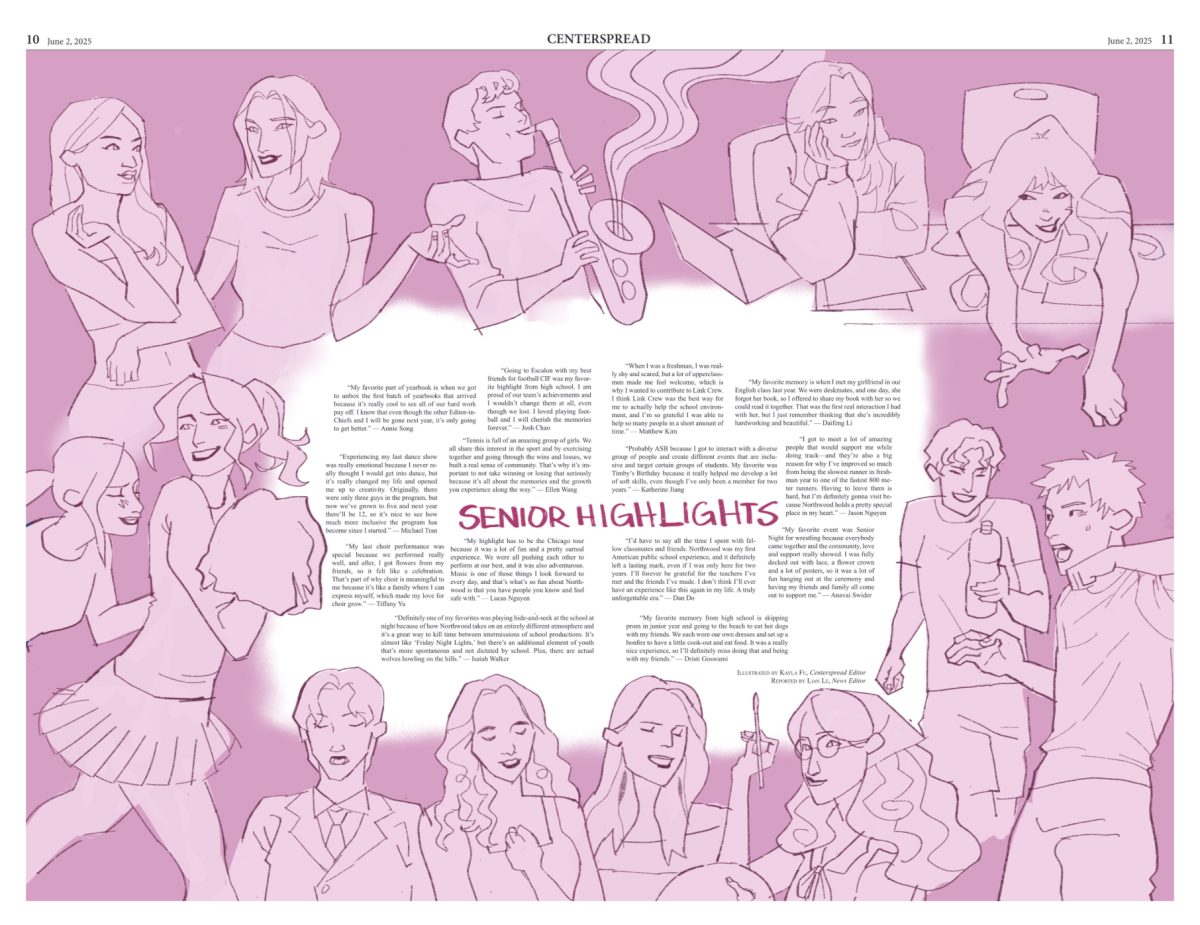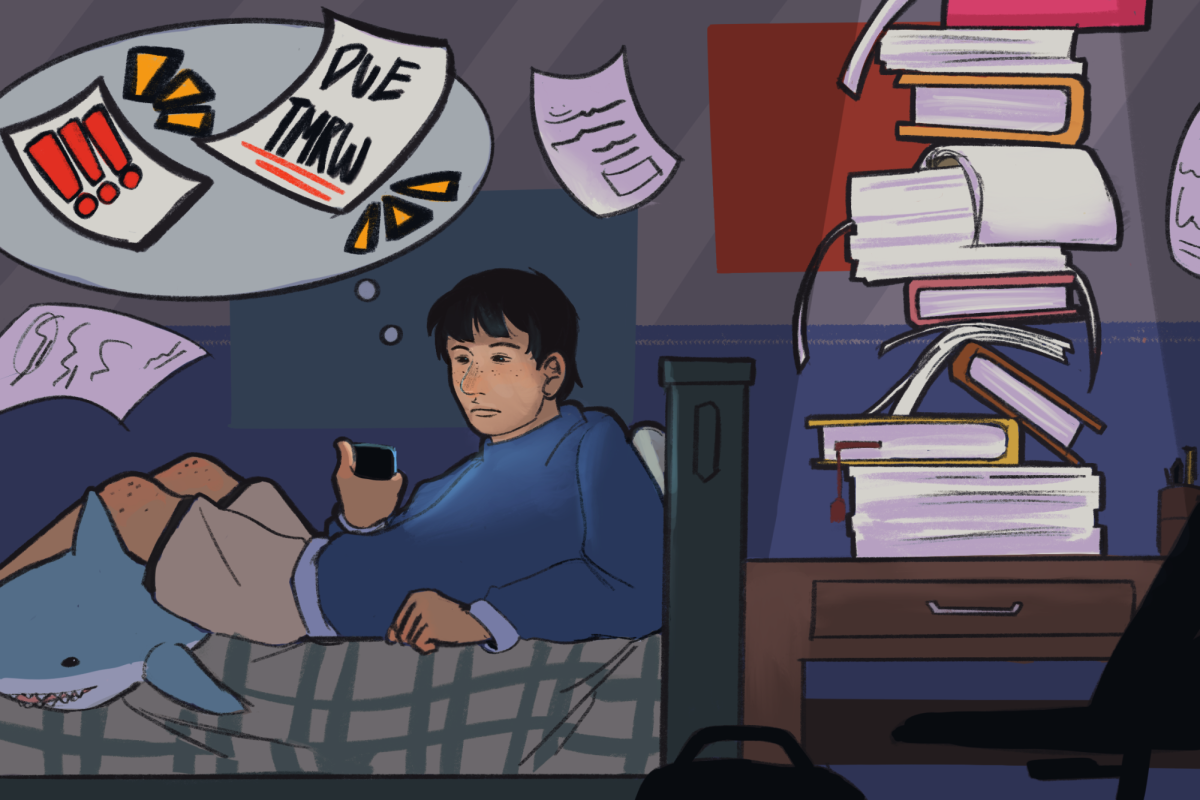President Donald Trump has knocked down many long-standing government bodies through executive orders, and one of these targets is the Department of Education. While some students may jokingly celebrate the end of school as we know it, one consequence is already emerging: Texas v. Becerra, a 17-state lawsuit currently on hold. The lawsuit, aiming to overturn Section 504 of the Rehabilitation Act of 1973, is threatening equal education for disabled students everywhere.
Chances are you have a peer who relies on their 504 plan to receive accommodations for their disabilities and legally protect them.
“A student has to have some kind of an impairment that is substantially limiting them in accessing their education,” Northwood 504 coordinator Allison Singer said. “It could be anything from ADHD, anxiety, depression to physiology, like diabetes or a food allergy.”
These plans, developed in collaboration with a student, their guardians and school personnel, implement necessary changes made to a student’s learning environment in order to provide access to the learning. Accommodations could include things like extra time to complete an assignment or the ability to take breaks when feeling overwhelmed. Unlike an Individualized Education Plan, which addresses diagnosed learning and developmental disabilities, a 504 plan does not change the rigor or expectations for the work.
Section 504 has become an easy target for Republican Attorney Generals involved in the lawsuit due to its protections around gender dysphoria and accommodations for students who experience it. The lawsuit dedicates its first 37 pages to this particular circumstance, which would be disgusting enough, but the plaintiffs go to the extreme of explicitly asking the courts to declare the entire section unconstitutional.
504 plans protect a wide array of impairments, far beyond anything involving gender. They allow a kid with asthma to sit down during P.E. to avoid an asthma attack without fearing their grade will be penalized. It allows a student with low blood sugar to eat during class to relieve symptoms, even if a teacher has explicitly disallowed it. Someone with unusual or severe allergies may sit out activities involving the allergen without penalty.
Without these protections, accommodations would depend on a teacher’s discretion, meaning the support a student receives could vary wildly from one classroom to another.
“From a teacher standpoint, it is helpful to have common agreements with how we are helping students access and participate fully in our classrooms,” English teacher Marina Alburger said. “Without a formalized plan, I have to guess at what is working for a student, and I could be over or under accommodating someone because of that.”
The use of 504 plans has tripled from 2010 to 2021 according to the Office of Civil Rights website, raising concerns about misuse. Since 504 plans can be used to secure accommodations of extra time on AP tests or the SAT or ACT college entrance exams, critics argue that some students seek false diagnoses to gain extra time.
The New York Times published a finding in 2019 that showed students in the top 1% income brackets have accommodations at a rate more than twice the national average. But no evidence proves that gaming the system is behind this increase. It could simply be that society has evolved—students and parents feel comfortable with advocating for their rights and less fearful about the stigmas involved. Wealthier parents may also have more knowledge and time to navigate the system.
The data is further confounded by the fact that some disabilities, especially those impacting mental health, are invisible. Students with mental health disorders can be unfairly dismissed as whiners who just want to be coddled.
That’s why a formal, collaborative process is crucial. Meetings where educators, parents and students bring to light these invisible struggles can be enlightening for those who may not see the full picture.
There are also plenty of safeguards in place, as the path to obtaining a 504 plan can be lengthy. Students must have a documented diagnosis and show how it affects learning. Self-diagnosing isn’t an option.
In any system, cheaters will find a way to cheat. The real shame would be making 504 plans less accessible or removing them, as this would only deepen educational inequity.
As efforts to undo 50 years worth of disability legislation grows, advocating for Section 504 can’t just be the job of those who rely on them. From contacting lawmakers to reducing stigma, everyone must take action.










